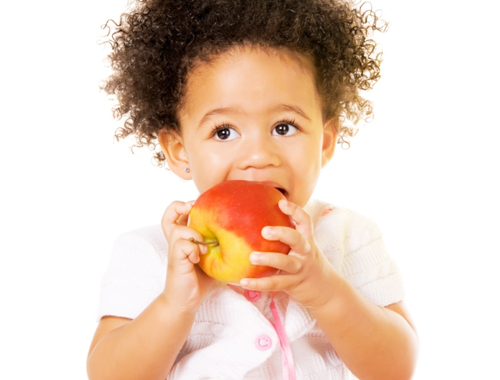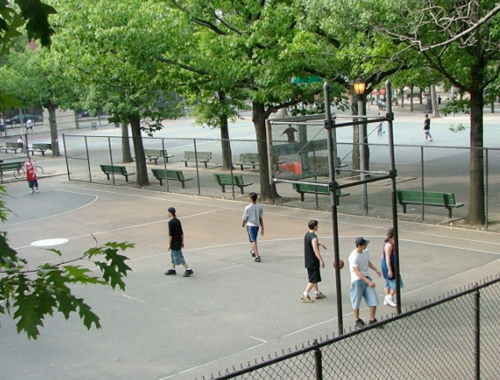Data Connections Activity
10.1 Synopsis1 of 4
Welcome
Children Are the Poorest Americans: A Look at Poverty in the United States
Featuring an interactive map and recent census data, this activity examines U.S. poverty rates by state and age group.
Click the 'Get Started' button below to start this activity

10.2 Children Are the Poorest Americans: A Look at Poverty in the United States2 of 4
Children Are the Poorest Americans: A Look at Poverty in the United States
It may come as no surprise that the poverty rate varies greatly from state to state. What is surprising, however, is how much the poverty rates vary among age groups within the same state.
The map below shows how many people in each age group (under 18, 18–64, and 65 and over) were living below the poverty line in 2017. (In 2017, the U.S. Health and Human Services’ poverty guideline for a family of four in the 48 contiguous states and the District of Columbia was $24,600. Alaska’s was $30,750, and Hawaii’s was $28,290.)
CLICK ON EACH STATE TO SEE HOW MANY PEOPLE IN EACH AGE GROUP ARE LIVING BELOW THE POVERTY LINE.
10.3 Children Are the Poorest Americans: A Look at Poverty in the United States3 of 4
Children Are the Poorest Americans: A Look at Poverty in the United States

Unlike in most European nations, most U.S. states have far more poor children than poor adults. Which states have the most balanced poverty rates (i.e., where children are not twice as often poor as those over 64)? (Click the back button to review the map before answering.)
10.4 Activity Completed!4 of 4
Congratulations! You have completed this activity.
REFERENCES
U.S. Census Bureau. (2018, December 6). American Community Survey 2013-2017 5-year estimates. Washington, DC: U.S. Census Bureau.